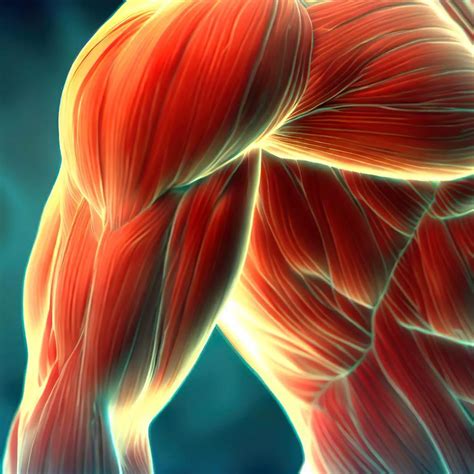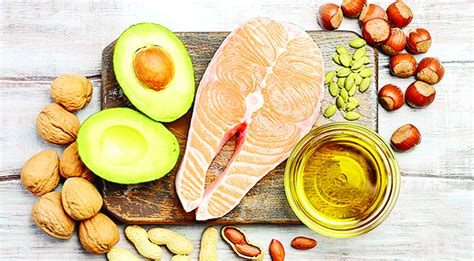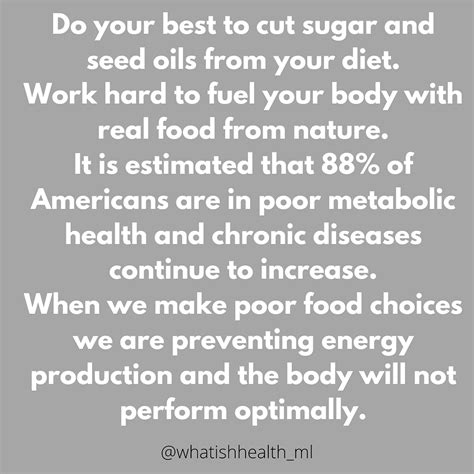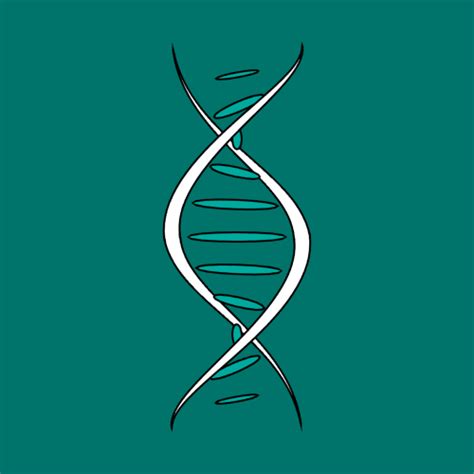Transitioning from a sedentary lifestyle to a highly active one represents a profound shift in the body’s energy demands and physiological needs. For men, this change necessitates a significant adaptation in macronutrient intake—carbohydrates, proteins, and fats—to support increased energy expenditure, muscle repair, growth, and overall performance. Understanding these evolving requirements is crucial for optimizing health, preventing injury, and maximizing the benefits of exercise.
Carbohydrates: Fueling the Engine
In a sedentary state, a man’s carbohydrate needs are primarily for basic metabolic functions and maintaining glycogen stores for daily activities. A moderate intake, typically around 45-55% of total caloric intake, is often sufficient. However, with the onset of high activity, carbohydrates become the body’s primary and most efficient fuel source, especially for moderate to high-intensity exercise.
When highly active, muscle and liver glycogen stores are rapidly depleted, requiring consistent replenishment. Insufficient carbohydrate intake can lead to fatigue, decreased performance, and even muscle catabolism. Active men may need to increase their carbohydrate intake significantly, often ranging from 55-70% of total calories, or specific gram per kilogram body weight targets (e.g., 5-10g/kg/day, depending on intensity and duration of activity). Emphasis shifts towards complex carbohydrates like whole grains, fruits, and vegetables for sustained energy, alongside simple carbohydrates around training for quick fuel.

Proteins: Building and Repairing Muscle
For a sedentary man, protein requirements are relatively modest, typically around 0.8 grams per kilogram of body weight (g/kg). This amount supports essential bodily functions, cell repair, and enzyme production. The shift to a highly active lifestyle, particularly one involving resistance training or intense endurance exercise, dramatically elevates protein needs.
Increased physical activity causes microscopic damage to muscle fibers, necessitating higher protein intake for repair, recovery, and adaptation (muscle hypertrophy). Active men may require 1.4-2.2 g/kg of body weight, or even higher in specific phases of training, to support muscle protein synthesis and prevent muscle breakdown. Spreading protein intake throughout the day and consuming high-quality sources like lean meats, poultry, fish, eggs, dairy, and plant-based proteins is crucial.

Fats: Essential for Health and Secondary Fuel
Fats are vital for hormone production, nutrient absorption, and cellular integrity regardless of activity level. For a sedentary man, fats typically constitute 20-35% of total caloric intake, with an emphasis on healthy unsaturated fats.
When becoming highly active, fat requirements don’t necessarily increase in percentage but remain critical. While carbohydrates are primary for high-intensity work, fats become a significant fuel source during prolonged, lower-intensity exercise. Adequate fat intake supports overall health, helps manage inflammation, and ensures proper absorption of fat-soluble vitamins. The recommended range often remains 20-35% of total calories, but the absolute gram amount will increase with higher overall caloric intake. Focus should remain on monounsaturated and polyunsaturated fats (e.g., avocados, nuts, seeds, olive oil), with moderate saturated fat intake.

The Synergistic Approach: Balancing Macronutrients
The transition from a sedentary to a highly active lifestyle is not just about increasing total calories, but strategically adjusting the macronutrient distribution. The overall caloric intake will inevitably rise to meet increased energy demands, but the proportions of carbs, proteins, and fats will shift to support specific physiological adaptations.
- Increased Carbohydrates: To fuel workouts and replenish glycogen.
- Higher Protein: For muscle repair, recovery, and growth.
- Consistent Healthy Fats: For overall health, hormone function, and secondary energy.
Hydration also plays a crucial role alongside macronutrient intake, supporting all metabolic processes and performance.

Conclusion: Tailoring Your Fuel
Adapting macronutrient intake is a cornerstone of successfully transitioning from a sedentary to a highly active lifestyle for men. While general guidelines exist, individual needs can vary based on the type, intensity, and duration of activity, body composition goals, and personal preferences. Consulting with a registered dietitian or a sports nutritionist can provide personalized guidance, ensuring that dietary strategies align perfectly with training goals and optimize both performance and long-term health. Prioritizing nutrient-dense whole foods remains paramount in either lifestyle, but the quantity and emphasis shift dramatically with increased activity.





